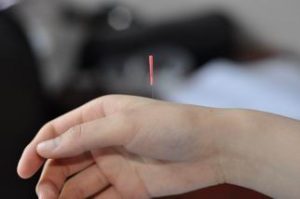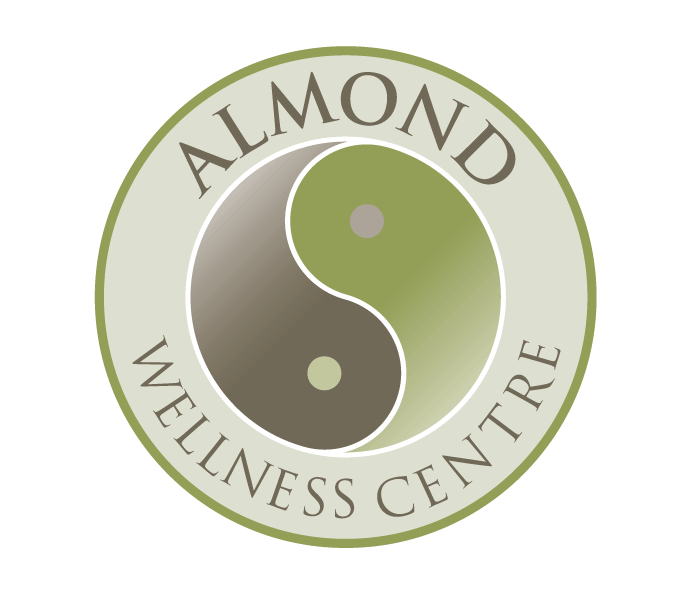
Quick Navigation
Understanding Migraines
Migraines are more than just headaches; they are a complex neurological condition that affects many aspects of life. While the exact cause of migraines remains uncertain, it’s widely believed that a combination of genetic, environmental, and neurological factors contribute to their onset. Common triggers include hormonal changes, stress, certain foods, lack of sleep, and even changes in weather.
How Acupuncture Can Help
Research supports the effectiveness of acupuncture in reducing the frequency and intensity of migraines. For example, a systematic review published in The Cochrane Database of Systematic Reviews in 2009 analysed 22 randomised controlled trials involving over 4,000 participants. The study concluded that acupuncture is more effective in reducing migraine frequency compared to no treatment or routine care, although the long-term benefits and optimal treatment parameters are still being explored .
Another meta-analysis conducted by Cochrane in 2016, published in The Journal of Headache and Pain, reviewed 22 randomized controlled trials with nearly 5,000 participants. This study found that acupuncture was superior to both sham acupuncture and conventional migraine treatments in reducing migraine frequency. However, it also noted that the quality of evidence was generally low, indicating a need for further high-quality research .
Moreover, a 2017 study published in Pain compared the effectiveness of acupuncture with sham acupuncture and flunarizine, a conventional migraine medication. The study involved 249 participants and found that acupuncture was not only superior to sham acupuncture but also had similar effectiveness to flunarizine in reducing migraine frequency and intensity .
What to Expect from Your Acupuncture Session
When you visit Almond Wellness Centre – the acupuncture clinic in Melbourne, our experienced practitioners will take the time to understand your unique situation. We’ll discuss your migraine history, triggers, and overall health to create a personalised treatment plan. During your acupuncture session, you’ll relax in a comfortable environment as fine needles are carefully placed on specific points tailored to your needs.
Common acupuncture points for migraine relief include:
- Yintang (Extra Point): Located between the eyebrows, this point helps calm the mind and relieve headaches.
- Baihui (GV20): Situated on the top of the head, this point regulates energy flow and is commonly used for migraines.
- Taiyang (EX-HN5): Found in the temples, this point is effective for easing tension and migraine pain.
- Fengchi (GB20): Located at the base of the skull, this point is known for alleviating headaches and promoting relaxation.
- Hegu (LI4): Positioned on the hand, this versatile point aids in pain relief and overall relaxation.

acupuncture on hegu LI4
Our approach is holistic, meaning we consider your overall health in addition to treating the migraines. Alongside acupuncture, we might recommend lifestyle changes or Chinese herbal medicine to support your migraine management.
Chinese Herbal Medicine for Migraine Relief
In addition to acupuncture, Chinese herbal medicine can play a crucial role in managing migraines. Our practitioners may prescribe a customised herbal formula based on your specific symptoms and health profile. Herbs like Chuan Xiong (Ligusticum chuanxiong), which promotes blood circulation, and Bo He (Mentha haplocalyx), known for its cooling properties, are often included in these formulas.
Your Path to Migraine Relief
At Almond Wellness Centre, with locations in Coburg and Ringwood, we’re here to support your journey to better health. If migraines are impacting your life, and you’re seeking a natural, personalised approach, we invite you to explore the benefits of acupuncture and Chinese medicine with us.
Our fully qualified practitioners are ready to assess your condition, provide tailored treatment options, and help you manage your migraines more effectively. Don’t let migraines control your life—reach out to us today and take the first step toward lasting relief. We’re here to help you feel your best.
References
- Linde, K., Allais, G., Brinkhaus, B., Manheimer, E., Vickers, A., & White, A. (2009). Acupuncture for migraine prophylaxis. The Cochrane Database of Systematic Reviews, (1), CD001218.
- Cochrane, D. J. (2016). Acupuncture as a treatment for migraine: A systematic review and meta-analysis of randomized controlled trials. The Journal of Headache and Pain, 17(1), 1-9.
- Wang, L. P., Zhang, X. Z., Guo, J., Liu, H. L., Zhang, Y., Liu, C. Z., & Wang, L. (2017). Efficacy of acupuncture for migraine prophylaxis: A single-blinded, double-dummy, randomised controlled trial. Pain, 158(10), 1864-1871.
More to read:
Why most acupuncture researches are low quality
Why double-blind, placebo-controlled trials for acupuncture are difficult even impossible
